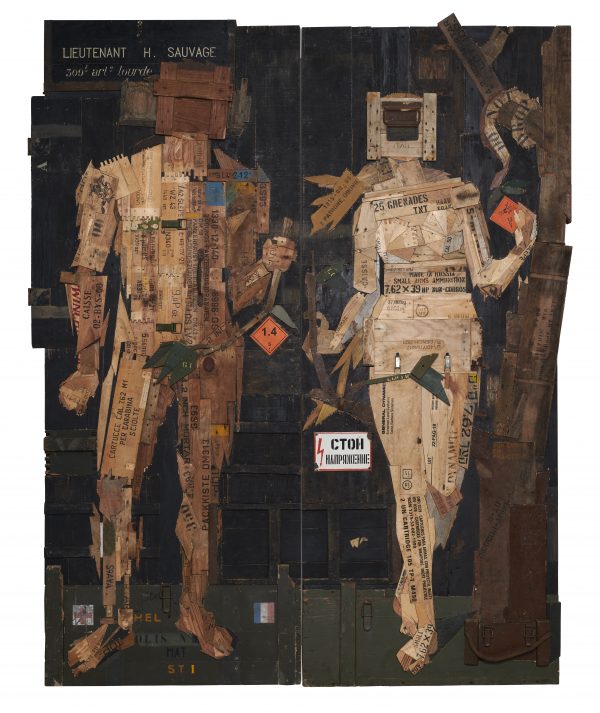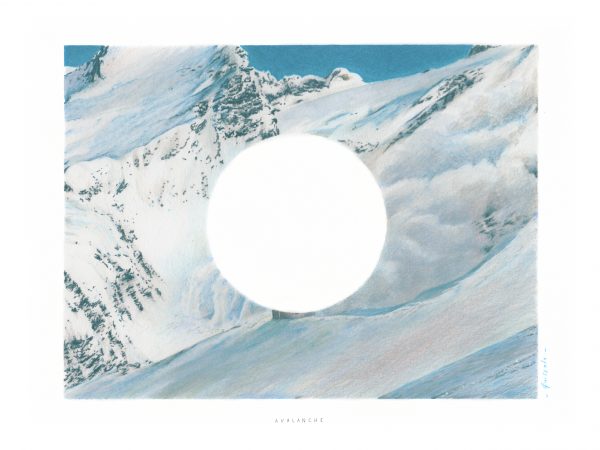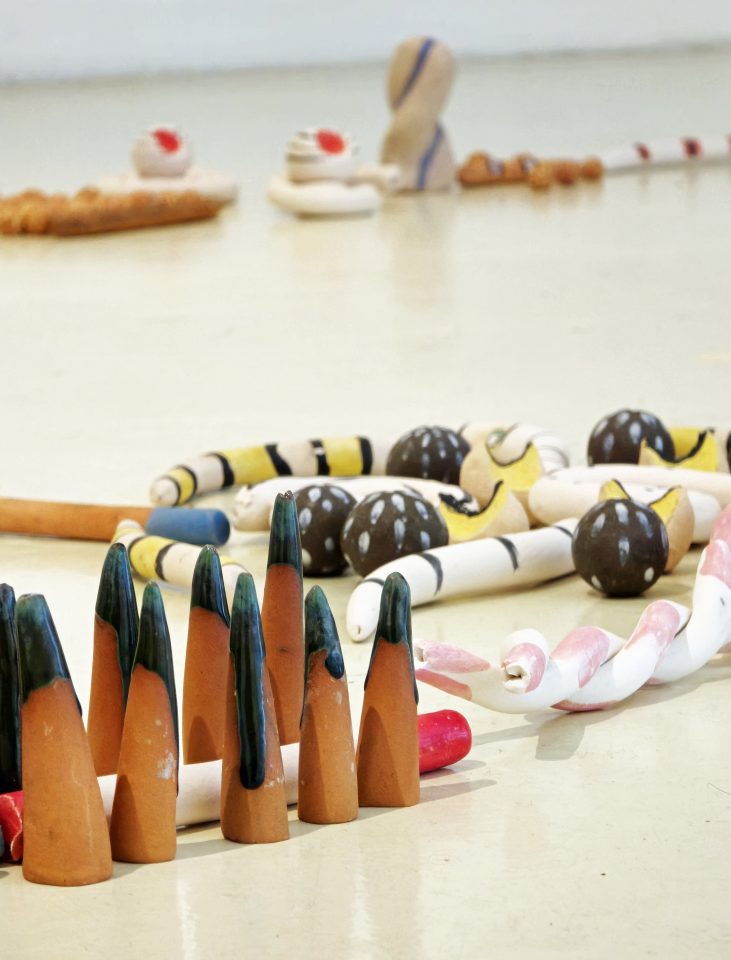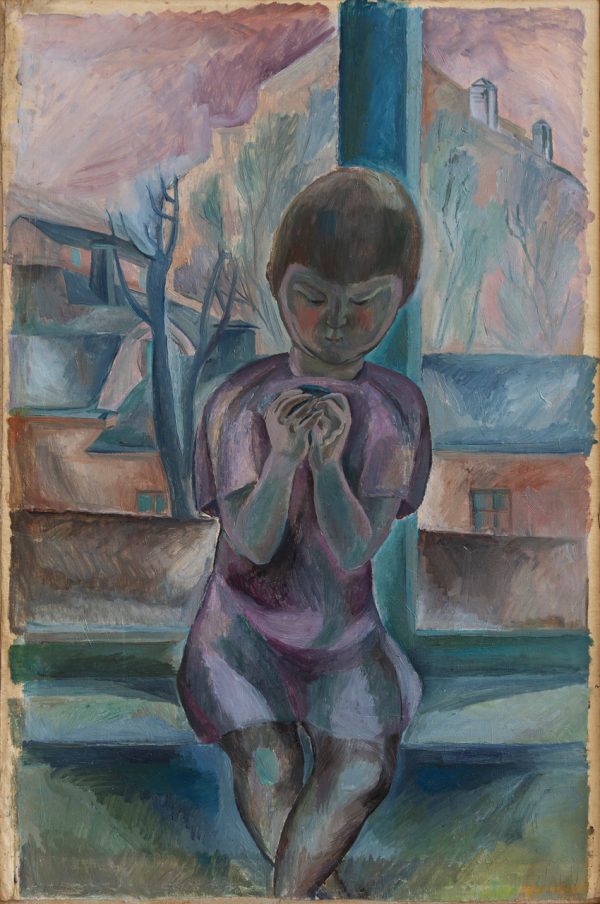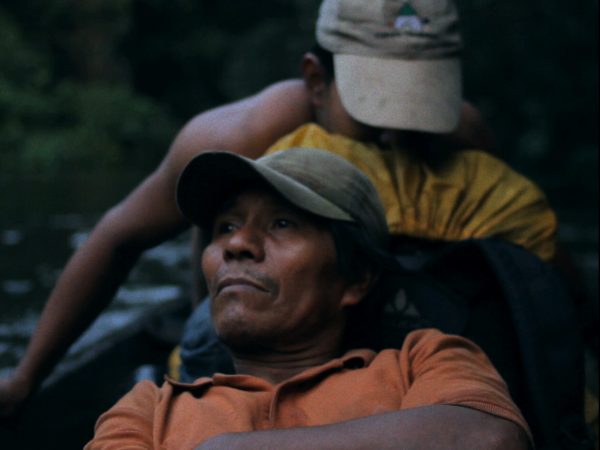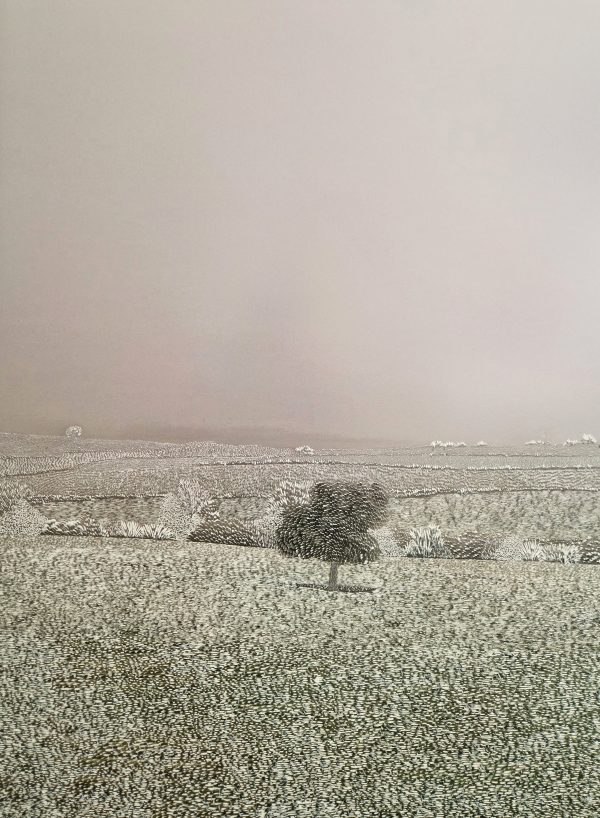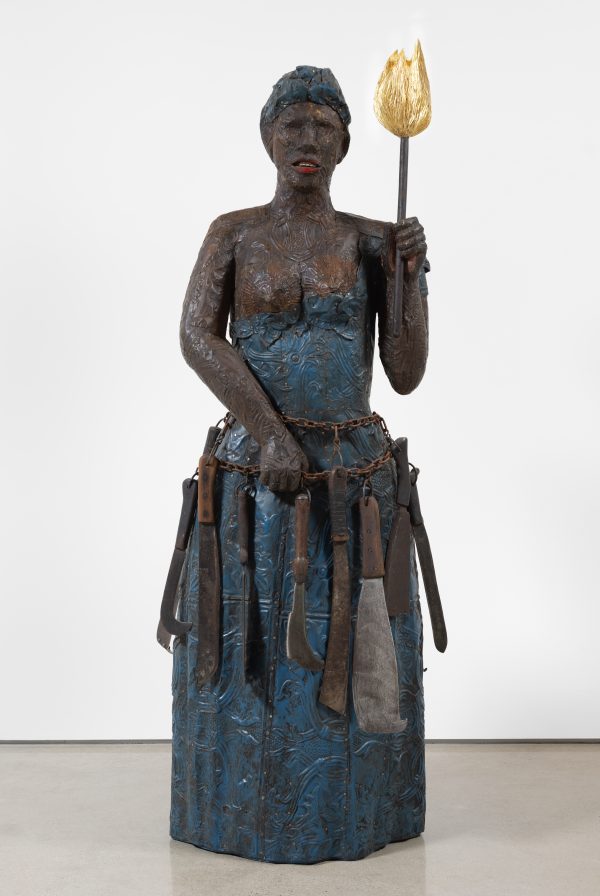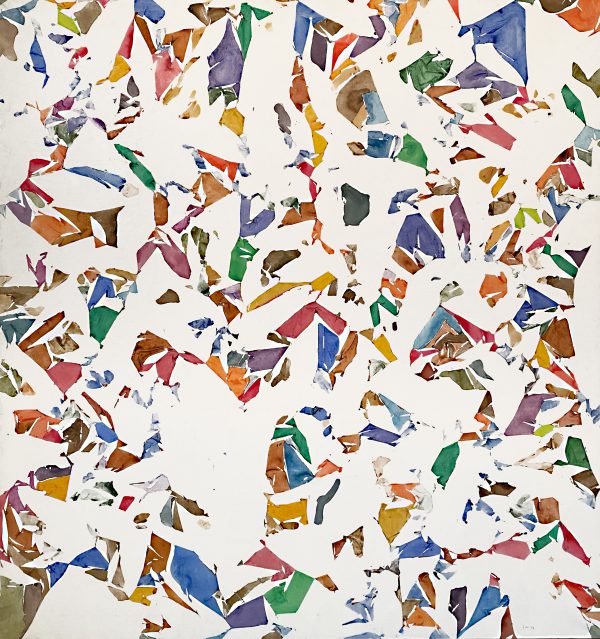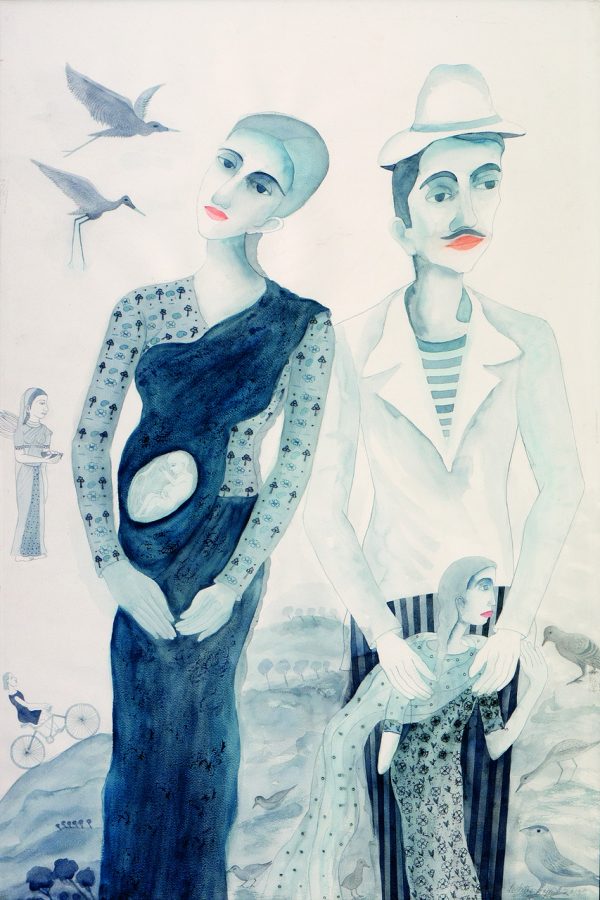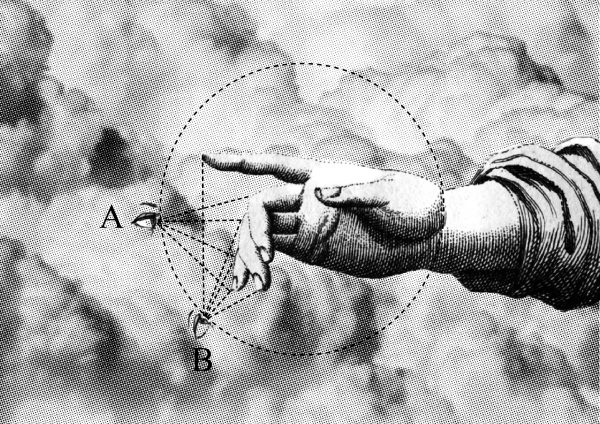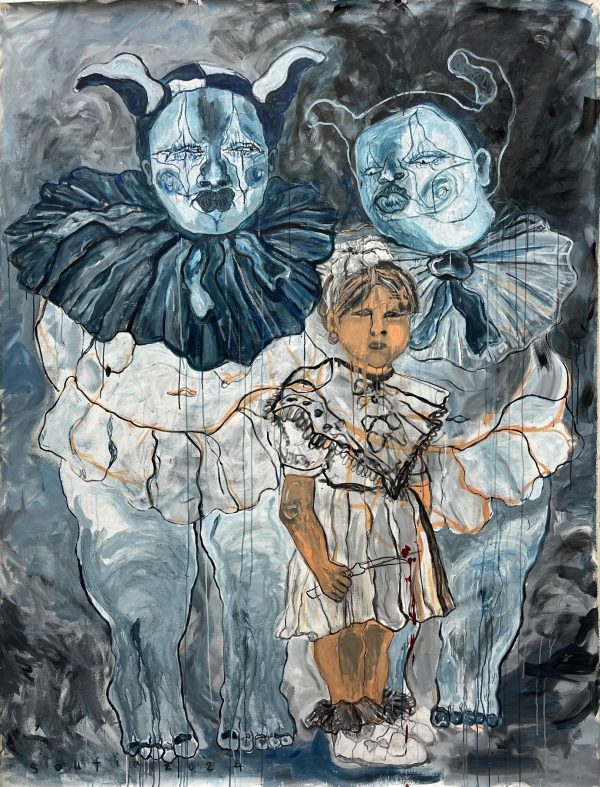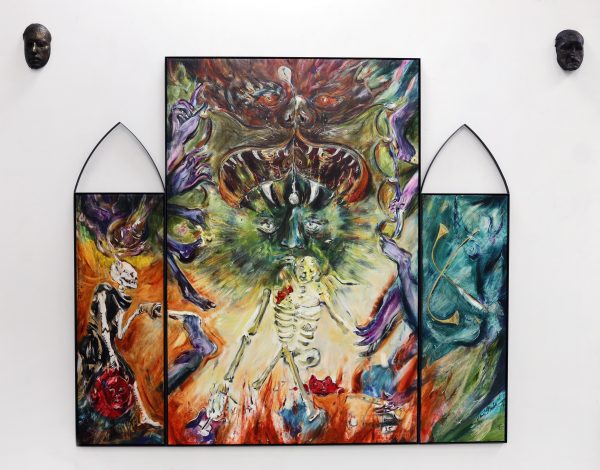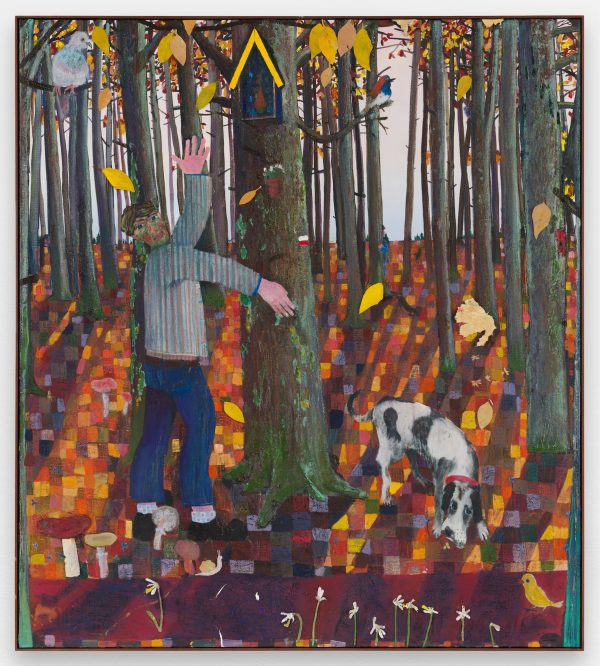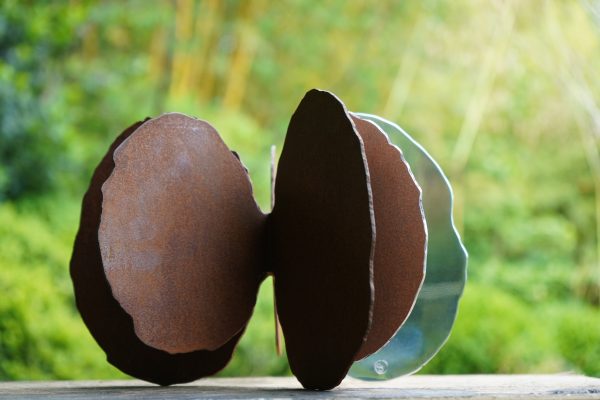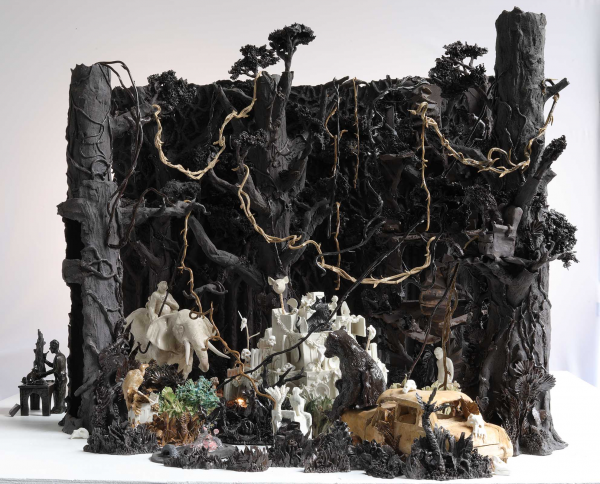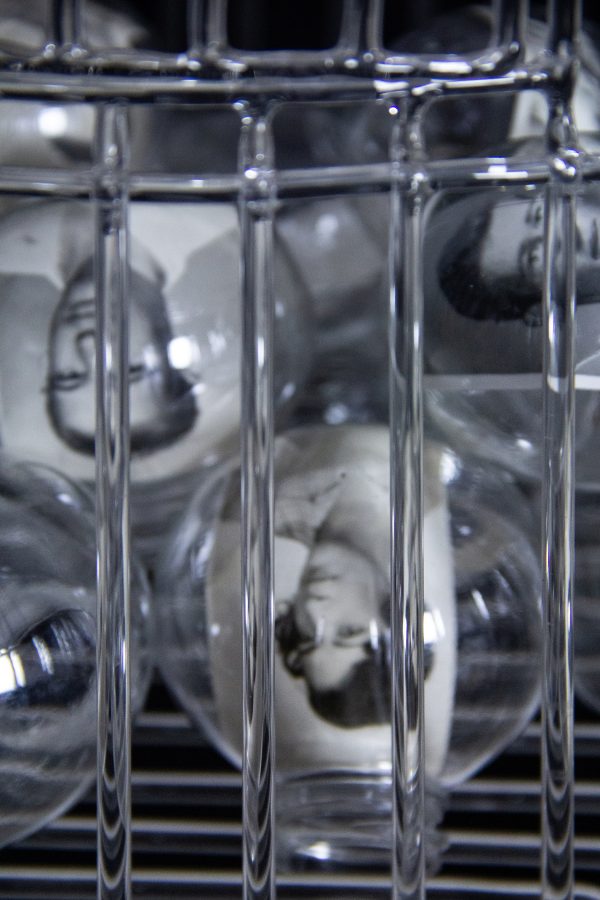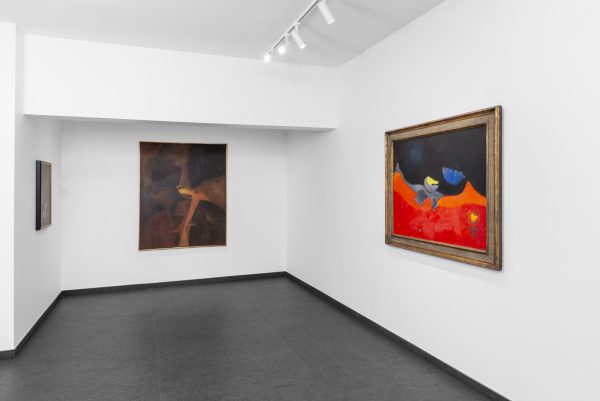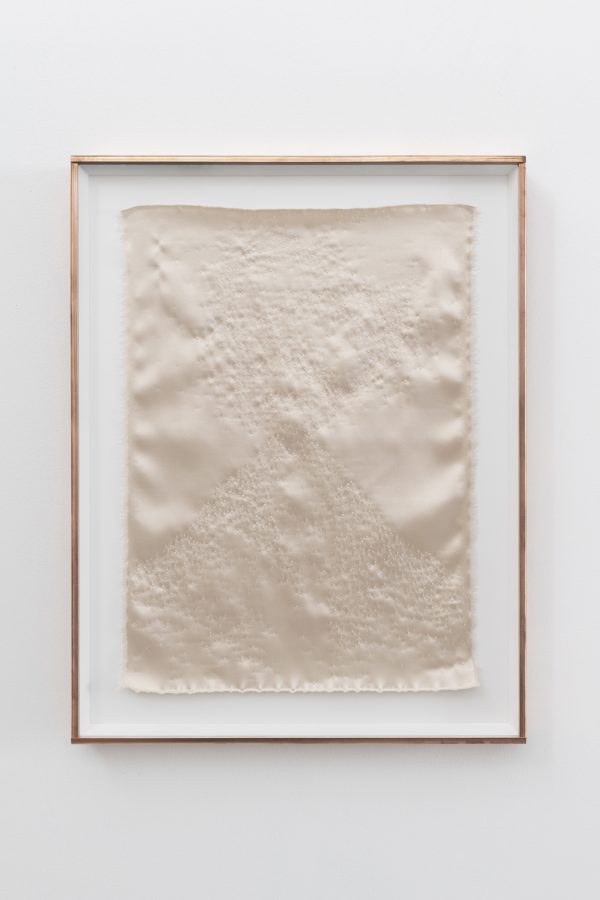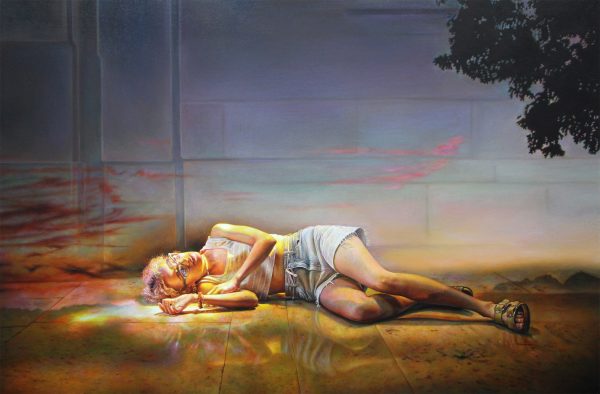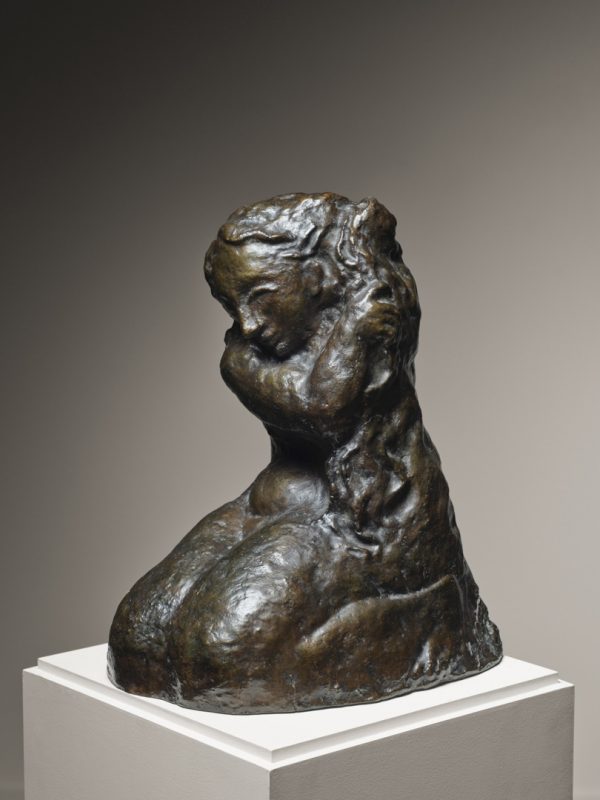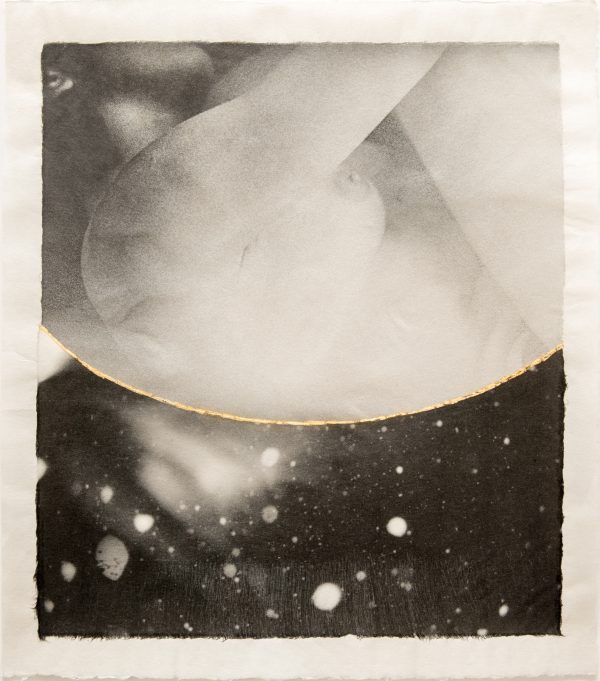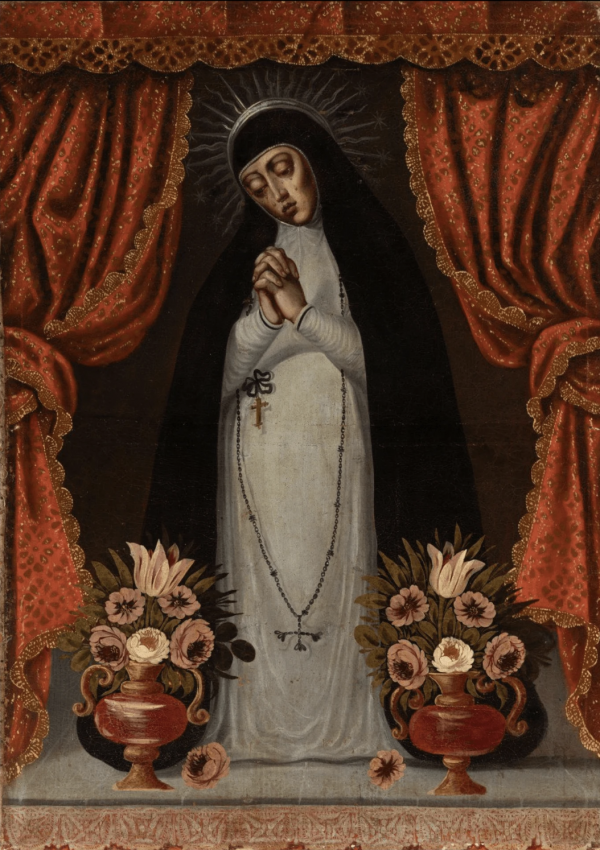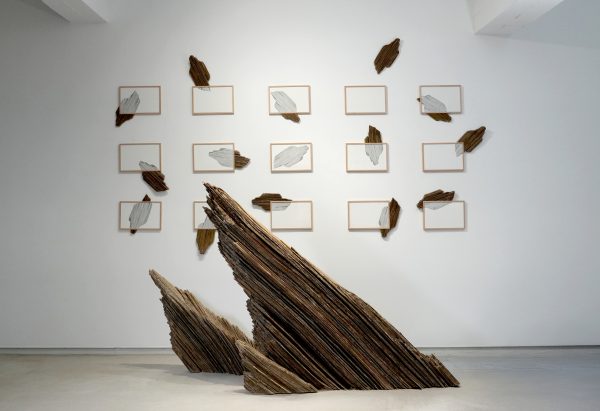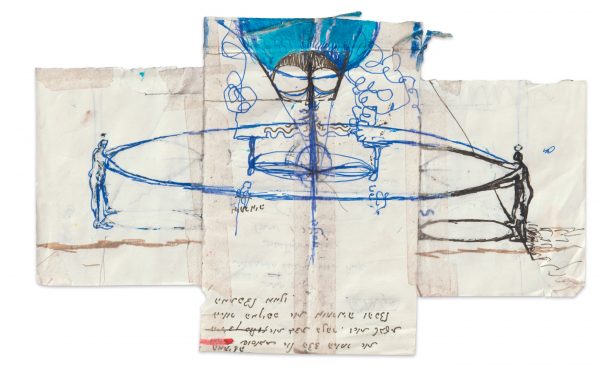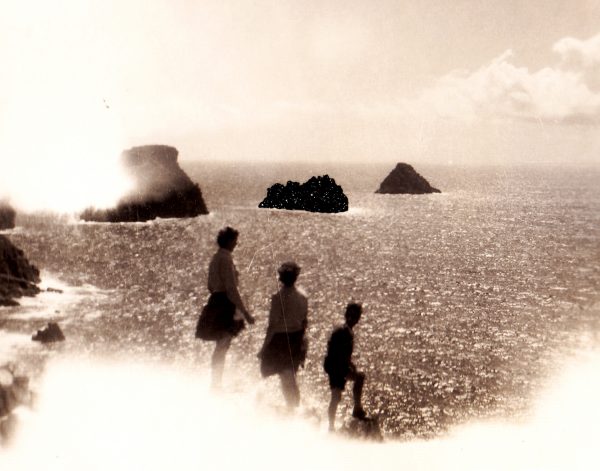Ricardo Fernandes
Kássia Borges Mytara , Brazil
"'Femme Jibóia"
Femme Jibóia, Kássia Borges Mytara, photo Sami Korhonen @ricardofernandesgallery
Carte blanche granted to Kássia Borges Mytara
The solo exhibition of the Brazilian Indigenous artist Kássia Borges Mytara at our Parisian/Saint-Ouen contemporary art gallery explores the profound and multifaceted significance of the jibóia (the sacred boa) in Brazilian Indigenous culture.
For many ethnic groups, such as the Huni Kuin, the jibóia is a sacred being associated with various cultural and spiritual aspects. As the guardian of Indigenous graphics, it represents traditional patterns and drawings used in craftsmanship and other cultural expressions. Geometric shapes in Indigenous culture symbolize not only mathematical knowledge and rational thought but also the cultures and ethnicities themselves. Their repetition signifies social organization and respect for rules within communities.
The jibóia is a symbol of protection and wisdom, frequently mentioned in myths and stories. It is powerful, hypnotic, influential, and the guardian of forests and rivers. Moving in curves and in balance with nature, it remains in constant contact with the earth while having the strength and dominance to move powerfully. The miniature vases and ceramics in the construction of the Femme Jibóia artwork symbolize shared work, production phases, and the power of women to organize optimally to protect their community.
Thorns observed in Kássia Borges Mytara’s works symbolize the difficult phases of life, challenges, and obstacles, as well as the strength and resilience needed to overcome them. They remind us that despite hardships, it is possible to grow and flourish, just like thorny plants that survive in hostile environments. This symbolism is found in myths and healing practices, where thorns represent overcoming pain and difficulties, a metaphor for life’s diversities and the problems people face.
The artist’s jibóia, composed of a tail, a body, and a head, represents the resistance of communities against diversity and the challenges posed by colonizers. As a symbol of protection and stability, snakes are both protectors and devourers, requiring respect. The jibóia is the woman, the spiritual entity that guards the entrance to tribal communities. When an Indigenous person wishes to explore the outside world, the jibóia does not prevent them but does not allow them to return, thus protecting those inside the community from external influences.
Through her artwork Femme Jibóia, Kássia Borges Mytara highlights the feminine element, always present in acts of work and nourishment, where tasks are equally divided. The jibóia, in Indigenous life, symbolizes spiritual protection and wisdom. As a committed feminist, the artist emphasizes the importance of women’s roles in preserving and transmitting cultural values while asserting their power and resilience in facing contemporary challenges.
Solo show by Kássia Borges Mytara
From April 19th to June 2nd, 2025
The gallery
Since 2007 in Paris, the Ricardo Fernandes Gallery has been opening the doors of the international Contemporary Art market to talented artists.
It is part of a continuity of work that spans over twenty-five years, beginning with the inauguration of a first gallery in Brazil, which led to an international career during which Ricardo Fernandes has actively engaged in promoting his artists.
The gallery is part of a movement of extremely dynamic and resolutely cosmopolitan contemporary art galleries in Paris, which assert their international and artistic values with each exhibition.
Since 2017, the gallery has been located in Saint-Ouen, offering exhibitions of visual arts in various fields (painting, sculpture, photography, installations...) and welcoming a wide variety of contemporary artistic expressions.
Through its constant support of international artists and involvement in the development of an expanding international market, the Ricardo Fernandes Gallery contributes to the diversity and artistic and cultural interaction of the city of Paris.
Gallery artists
Ana Luiza Rodrigues, Antonio Sergio Moreira, José Diniz, Juan Esteves, Kássia Borges Mytara, Kati Riikonen, Leopoldo Martins, Lita Cerqueira, Loredana, Lucia Adverse, Lula Ricardi, Marcelo Solá, Mathilde Thiennot, Sami Korhonen, Sylvia Morgado
Galerie sélectionnée par Chris Cyrille Isaac
